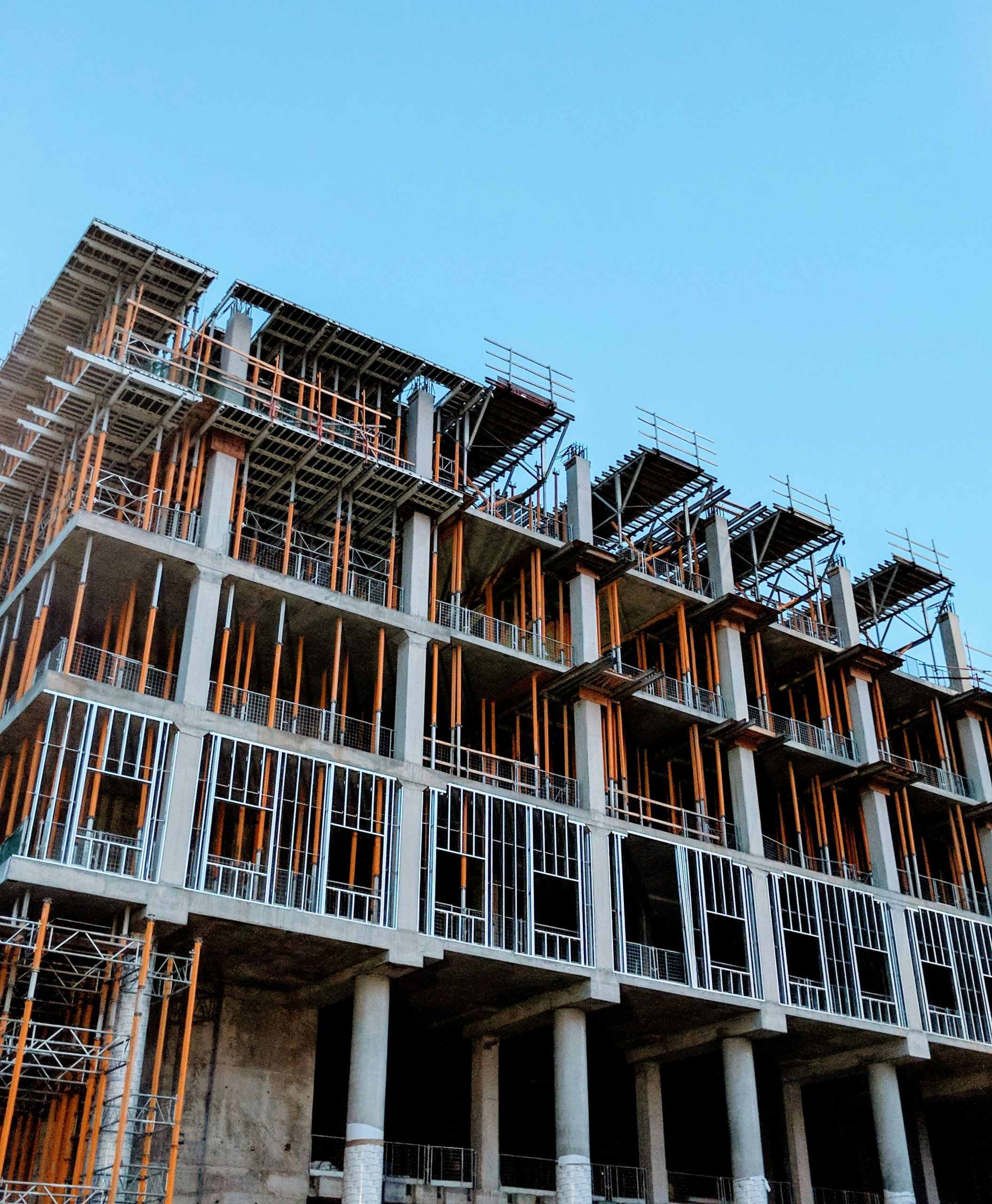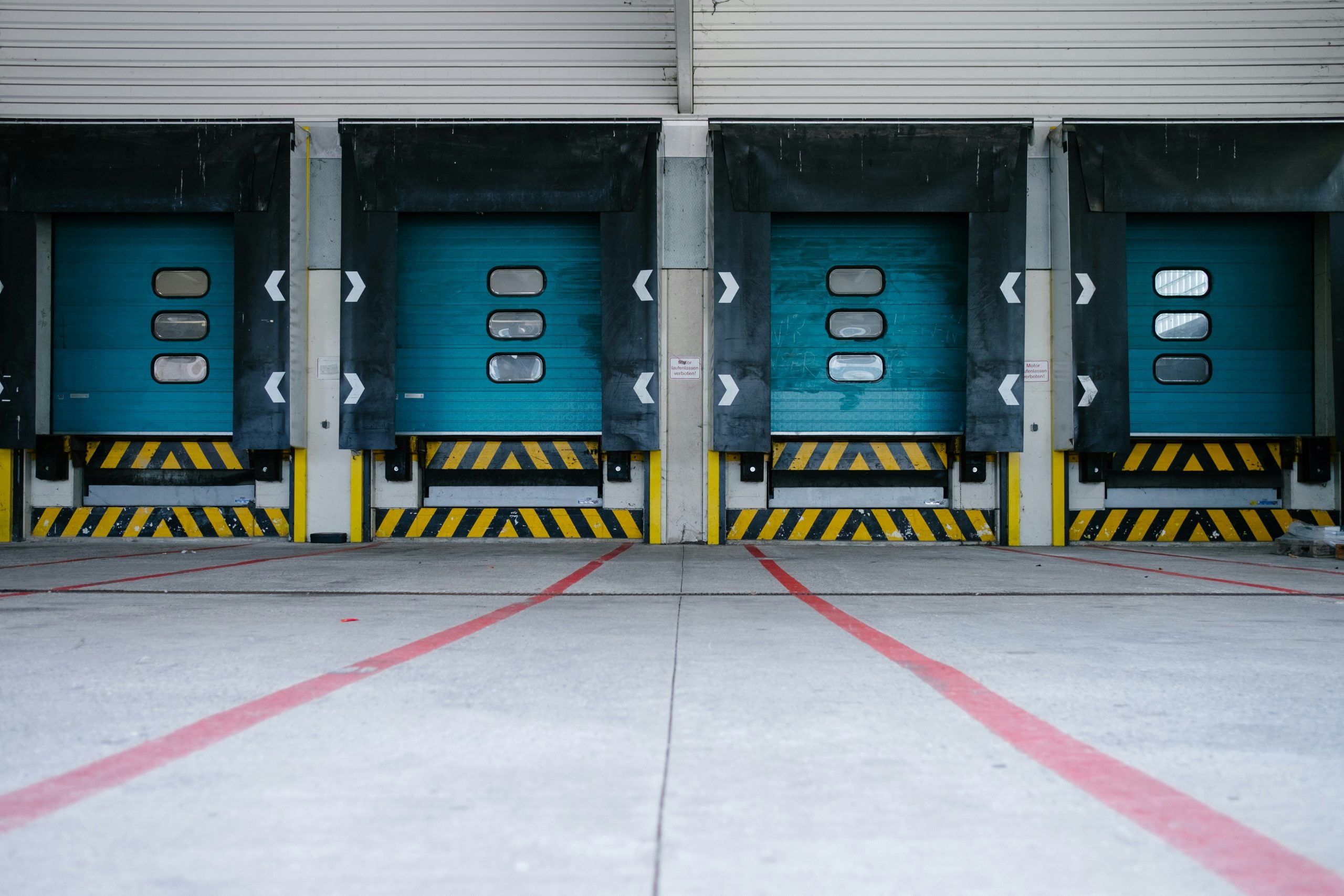Just-in-Time deliveries in construction logistics – the The key to efficiency and cost savings
Construction projects require careful planning and efficient management of resources to ensure that everything goes on schedule and within budget.
One of the most prominent methods that has proven to be effective in construction logistics is Just-in-Time (JIT) deliveries.
Originally developed in the manufacturing industry, the JIT principle has become an important component in optimizing construction projects.
This article explores the benefits, challenges and best practices for implementing Just-in-Time deliveries in construction logistics.
What are Just-in-Time deliveries?
Just-in-Time (JIT) is a logistics strategy that aims to deliver materials and goods just when they are needed in the production process, rather than being stored on site in advance.
By eliminating excess inventory and ensuring that resources are used optimally, JIT aims to reduce inventory costs, minimize waste and increase efficiency.
One of the major benefits of JIT in construction logistics is the cost savings.
By reducing the need to store large quantities of materials on site, inventory management costs fall, and the need for large storage facilities is reduced.
It also frees up capital that would otherwise be tied up in inventory, allowing these resources to be used on other important parts of the project.
JIT deliveries also contribute to increased efficiency.
By delivering exactly what is needed at the right time, the risk of materials becoming redundant or unusable is reduced, which in turn reduces waste.
A more organized workplace, with less materials stored, contributes to a more structured and easy-to-navigate environment, improving productivity and making workflow smoother.
Improved project control is another key benefit of JIT.
By enabling better synchronization of construction activities, JIT ensures that the right materials are available when and where they are needed, improving coordination between different parts of the project.
In addition, the flexible and controlled flow of materials allows construction projects to adapt more easily to changes and unforeseen events, increasing the project’s agility and ability to handle unexpected challenges.
Challenges with Just-in-Time Deliveries
Just-in-Time (JIT) deliveries offer many advantages, but they also present some challenges that need to be carefully managed.
One important aspect is supplier relationships.
JIT requires suppliers to be highly reliable and able to deliver materials exactly when they are needed.
Any delays on the part of the supplier can lead to production stoppages and delays in the construction project.
Effective communication between the construction company and the suppliers is therefore crucial to ensure that deliveries are on schedule and that all parties are synchronized.
Planning and coordination are also critical to the success of JIT.
Careful and detailed planning is required to ensure that all parts of the project are coordinated effectively.
Construction projects must also have the flexibility to adapt to changing conditions and unforeseen events, which can be challenging with a rigid JIT approach.
A rigid JIT plan can be difficult to adjust to changes in project needs or external circumstances.
Risk management is another important aspect of JIT delivery.
Supply chain disruptions, such as transportation problems or natural disasters, can seriously affect JIT deliveries and lead to delays in the construction project.
Therefore, it is important to have robust plans to manage such risks and minimize their impact on the project timeframe and budget.
Best Practice for Implementing Just-in-Time Deliveries
To successfully implement Just-in-Time (JIT) deliveries, it is important to follow best practices that ensure both efficiency and flexibility.
First and foremost, construction companies should build strong supplier relationships by establishing long-term partnerships with reliable suppliers who are familiar with and can adapt to JIT requirements.
It is also important to use contracts and agreements that clearly specify delivery times and quality standards to avoid misunderstandings and delays.
Advanced planning and scheduling are essential for a successful JIT implementation.
Project management tools and software should be used for accurate planning and monitoring of material requirements and delivery times.
Regular meetings and updates help keep all parties in sync and ensure that the project is progressing according to plan.
Effective communication is another key factor.
Implementing robust communication systems is necessary to ensure timely and clear information between the construction site and suppliers.
Digital platforms can be used to share real-time data and updates on the status of the project, facilitating quick response to changes.
Finally, flexibility and contingency plans are important to manage any delays or disruptions in the supply chain.
It is beneficial to have contingency plans and alternative suppliers available, as well as to create buffer zones in the schedule to deal with unforeseen events without negatively affecting the project timeframe.
By following these best practices, construction companies can effectively implement JIT deliveries and achieve a more smooth and cost-effective construction process.
Conclusion
Just-in-time deliveries represent a significant opportunity for the construction industry to improve efficiency, reduce costs and increase control over projects.
By implementing JIT strategies, construction companies can optimize their logistics processes and create a more streamlined and flexible construction site.
Despite the challenges that can arise, the benefits of Just-in-Time deliveries show that it is a strategy well worth considering for future construction projects.
With proper planning, strong supplier relationships and effective communication, JIT can be a key factor in achieving successful and cost-effective construction projects.
Thank you for reading about how Just-in-Time deliveries can revolutionize construction logistics.
We hope that this article has given you insights into how this strategy can contribute to more efficient and cost-effective construction projects.






